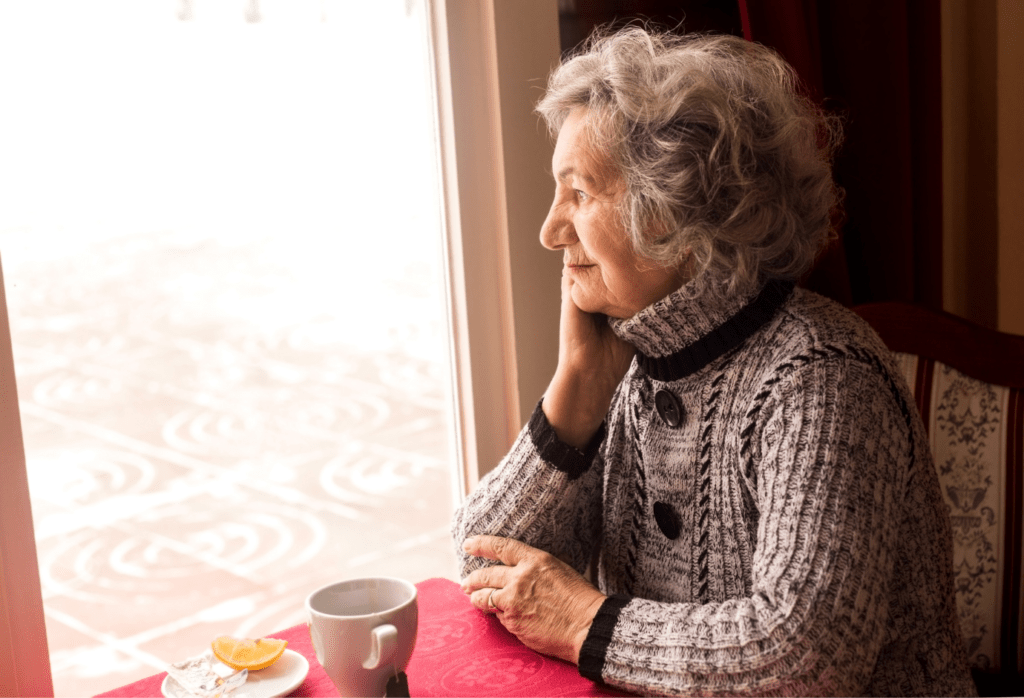A study looking at potential links between social isolation, loneliness, and cardiovascular disease (CVD) among older women in the US has found that being lonely and socially isolated may increase the chance of developing heart disease by up to 27 percent.
The research, published in the journal JAMA Network Open, looked at data from almost 58,000 postmenopausal women who were tracked for more than ten years. It found that social isolation increased the chance of developing heart disease by 8 percent and loneliness increased it by 5 percent.
The link was much greater for those who reported higher levels of both feelings — they had a 13 to 27 percent higher risk for cardiovascular problems than women with lower levels of social isolation and loneliness.
The research also revealed that a quarter of adults 65 and older are “socially isolated” (more women than men) and a third of those 45 and older “feel lonely.”
Researchers were quick to point out that “feeling lonely” and being social isolated are not the same.
An individual who self-classifies as a socially isolated person may not necessarily be “lonely” and someone feeling “lonely” may not necessarily be socially isolated.
One researcher described social isolation as “physically being away from people,” while loneliness is a feeling “that can be experienced even by people who are regularly in contact with others.”
“The findings suggest that these prevalent psychosocial processes merit increased attention for prevention of CVD in older women, particularly in the era of COVID-19,” the researchers concluded.
“Older adults are particularly at risk for social isolation and loneliness as they encounter significant life changes, such as retirement, deaths of family members and friends, and decreasing activities of daily living.”
“These life changes contribute to decreasing social network size, which influences already limited interactions among social contacts.”
“At present, particularly acknowledging the widespread consequences of the COVID-19 pandemic for these psychosocial conditions, the study’s findings support the potential value of measuring social isolation and loneliness in primary care and referring older women to mental health or community resources to improve social connectedness and reduce feelings of loneliness.”
The potential health effects of loneliness and isolation has been widely charted in the last two years, especially as the pandemic has increased the rates of anxiety and depression worldwide.
According to the Centers for Disease Control and Prevention, heart disease is the leading cause of death for U.S. women, causing 1 in 5 deaths, and costing the country roughly $US363 billion each year.

